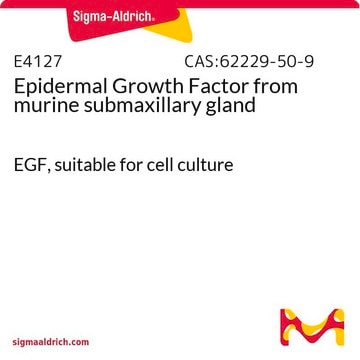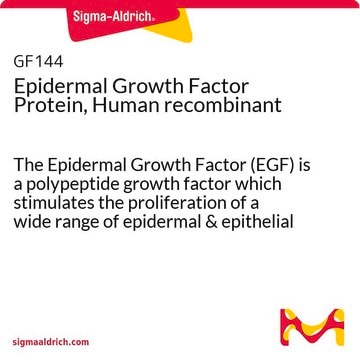D1667
Monoclonal Anti-Dynein (Heavy Chain) antibody produced in mouse
clone 440.4, ascites fluid
About This Item
Recommended Products
biological source
mouse
conjugate
unconjugated
antibody form
ascites fluid
antibody product type
primary antibodies
clone
440.4, monoclonal
mol wt
antigen 440 kDa
contains
15 mM sodium azide
species reactivity
human, chicken
technique(s)
indirect ELISA: suitable
western blot: 1:100 using a chick brain extract or Kinesin enriched rat brain extract
isotype
IgG2a
UniProt accession no.
shipped in
dry ice
storage temp.
−20°C
target post-translational modification
unmodified
Gene Information
human ... DNAH1(25981) , DNAH2(146754) , DNAH3(55567) , DNAH5(1767)
General description
Immunogen
Application
- indirect immunofluorescence at 1:50 dilution
- immunocytochemistry
- enzyme-linked immunosorbent assay (ELISA)
- immunoblotting
- dot blot
Biochem/physiol Actions
Physical form
Disclaimer
Not finding the right product?
Try our Product Selector Tool.
Storage Class Code
12 - Non Combustible Liquids
WGK
nwg
Flash Point(F)
Not applicable
Flash Point(C)
Not applicable
Certificates of Analysis (COA)
Search for Certificates of Analysis (COA) by entering the products Lot/Batch Number. Lot and Batch Numbers can be found on a product’s label following the words ‘Lot’ or ‘Batch’.
Already Own This Product?
Find documentation for the products that you have recently purchased in the Document Library.
Our team of scientists has experience in all areas of research including Life Science, Material Science, Chemical Synthesis, Chromatography, Analytical and many others.
Contact Technical Service








